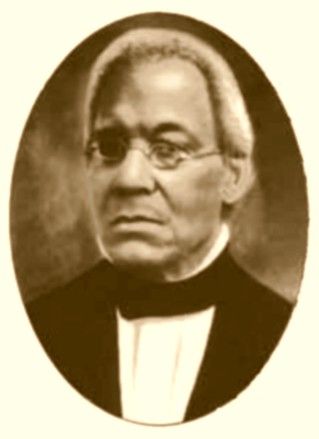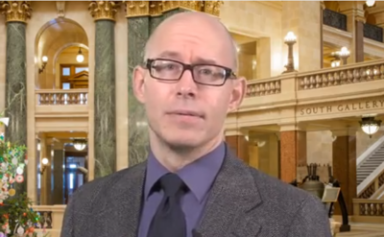
(Tech.co)
Stephen Smith (1795-1873)
- Born enslaved in Dauphin County, Pa., Stephen Smith had been sold to a new slavemaster, a lumber merchant, and was separated from his mother.
- After working in the lumber yard, Smith saved money to buy his freedom for $100 — or $50 by some accounts — and invest $50 into buying lumber to start his own business.
- He and business partner William Whipper built one of the most successful lumber and real estate empires in 1800s Pennsylvania.
- Aside from real estate, their business holdings included railroad cars, and a steamship, which were often used to help runaway slaves escape to the north.
- He became an ordained minister in 1831 at Columbia, Pa.’s Mt. Zion A.M.E. Church.
- He also became abolitionist and helped organize the American Moral Reform Society, which sought to abolish slavery and establish liberty and humanity for Blacks, and the Pennsylvania State Convention of Colored Citizens, which strategized about issues like labor and educational equality.
- Race riots in the city, where a large portion of free Blacks lived, in 1834 and 1835 made Smith a target for verbal and physical attacks.
- Yet by 1857, the estimated the annual sales of his company was $100,000 — $2.7 million in today’s dollars.
- Smith’s own worth by that year was valued at $500,000, which amounts to $13.7 million in 2018.
- His wealth led him to invest $9,000 in the Columbia-Wrightsville Bridge by the 1850s. It would be burned in1863 to prohibit Confederate soldiers from reaching Lancaster County. And while a claim was filed with the federal government, the bank nor its investors were ever compensated.
- By 1873, the year he died, Smith had amassed the equivalence of over a million dollars in today’s value.


